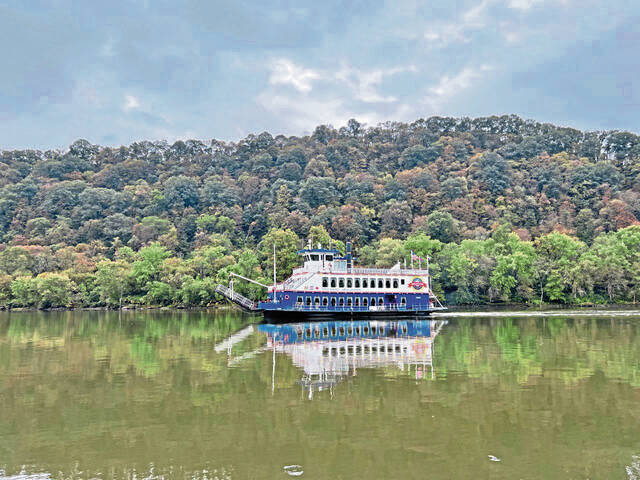Sean Hoffmann: Pa. has historic opportunity to restore quality of beloved rivers
Share this post:
Western Pennsylvania is known for its three rivers: the Allegheny, the Monongahela and the Ohio. These rivers and the surrounding region provide an ecological richness along with tremendous recreational opportunities. They are biologically diverse, picturesque and among the most historic tributaries in America.
And because we cherish our three rivers, we should celebrate the new bipartisan infrastructure bill that President Biden finally signed into law last month.
The reason: Despite their iconic beauty and status as a destination for fishing, boating and more, the three rivers have not run clean for many years and are often unsafe for swimming.
Throughout our area, we have what are known as combined sewer systems. This antiquated setup collects rainwater runoff, domestic sewage and industrial wastewater into one pipe and then empties raw sewage into the nearest waterway when it rains too much. To compound that problem, too many paved surfaces deliver additional harmful substances into our waterways when it rains.
We have also hurt nature’s ability to help us keep our water clean by destroying much of our wetlands, which can help filter out toxins in water.
Every year, millions of Americans get sick from swimming in sewage-contaminated water. But the three rivers particularly are vulnerable to that type of pollution because average rain events in our region yield about a quarter-inch of rainfall. That’s enough to do damage because we only need about one-tenth of an inch to cause sewage overflows into our rivers.
Allegheny County issues advisories during boating season when there has been a potentially dangerous sewage overflow into the rivers. Since these warnings began in 1995, these advisories have occurred an average of 70 days out of each boating season — an alarmingly high number and a terrible loss for the region.
Fixing these problems by repairing and enhancing our infrastructure has long been in our grasp. For example, we’ve had the ability to address pollution problems by restoring wetlands and implementing such green infrastructure as rain gardens that can absorb stormwater. We’ve also been able to ensure that less wastewater makes it into our waterways by separating our combined sewage infrastructure and installing filtration systems (such as baffle boxes) to trap solid waste and other pollutants. Additionally, in places with fast-growing populations, we can enlarge sewers and improve pump stations and treatment plants. That could prevent sewage leakage and ensure we effectively treat water before discharging it into waterways.
But this all takes money. Lots of it. And that’s why the newly passed bipartisan Infrastructure Investment and Jobs Act is good news for our three rivers. The bill provides $11.7 billion over five years for the Clean Water State Revolving Fund (SRF) — the main source of federal funding to repair wastewater infrastructure. This represents a 61% increase over the most recent five-year funding period.
To be sure, ensuring that our rivers are safe for fishing and swimming will take more resources, especially if we want that result sooner rather than later. Allegheny County’s plan to address sewage overflows will cost $2 billion, and its completion has been delayed until 2036 to avoid steep rate increases.
More funding — both from the bipartisan bill and the commonwealth’s untapped $6 billion in American Rescue Plan funds — could accelerate this timeline and include additional green infrastructure investments to make our rivers cleaner faster.
Rivers matter to folks in Western Pennsylvania. And now with some help from Congress, we have an incredible chance to see them clean for the first time in a long time.
Sean Hoffmann is a federal legislative advocate for Environment America.


